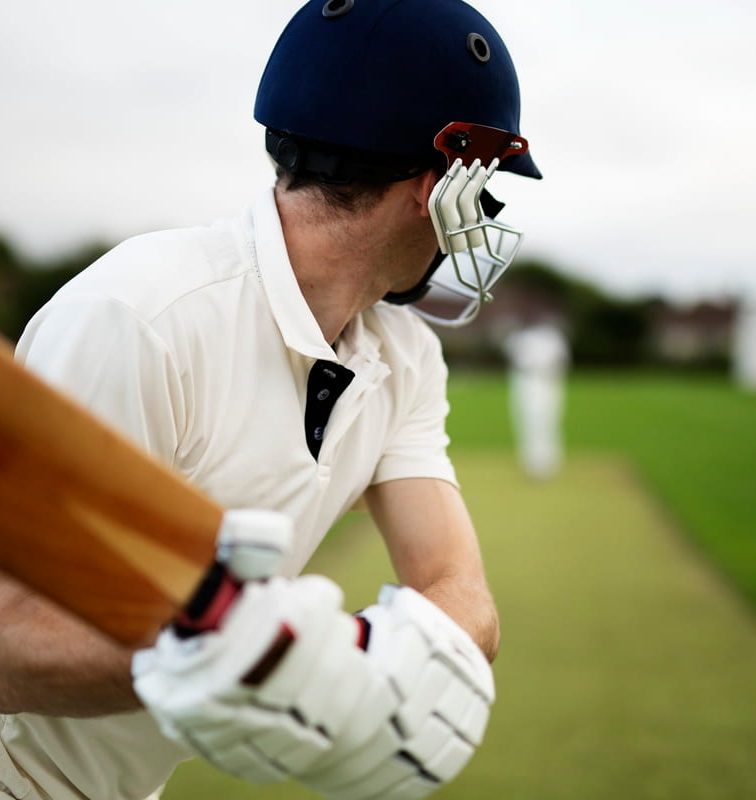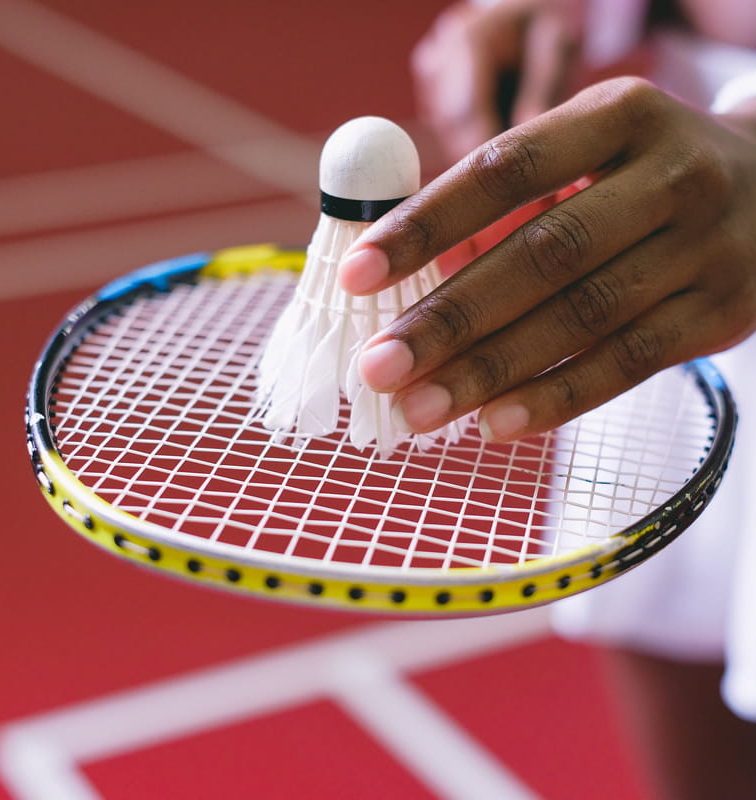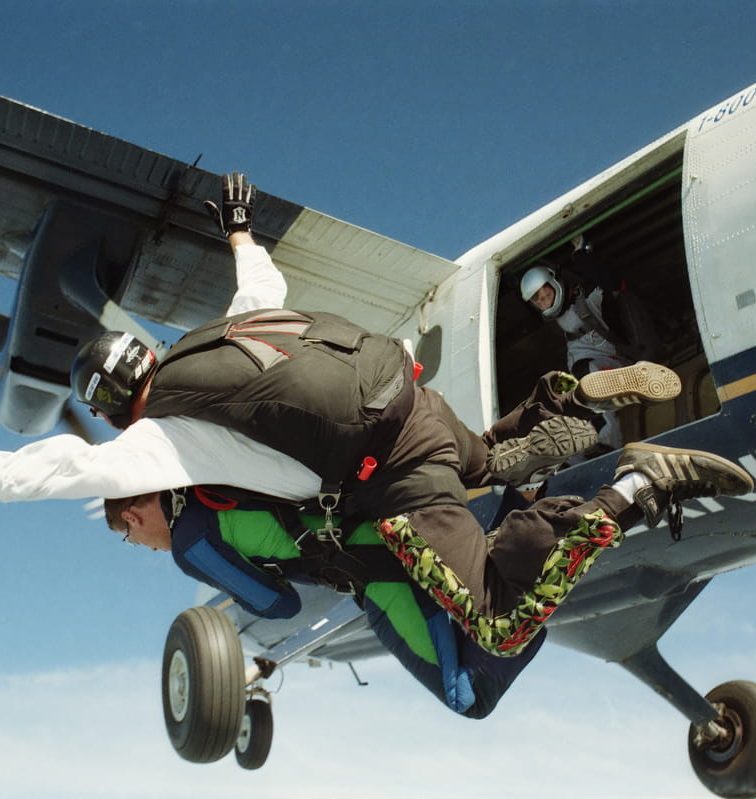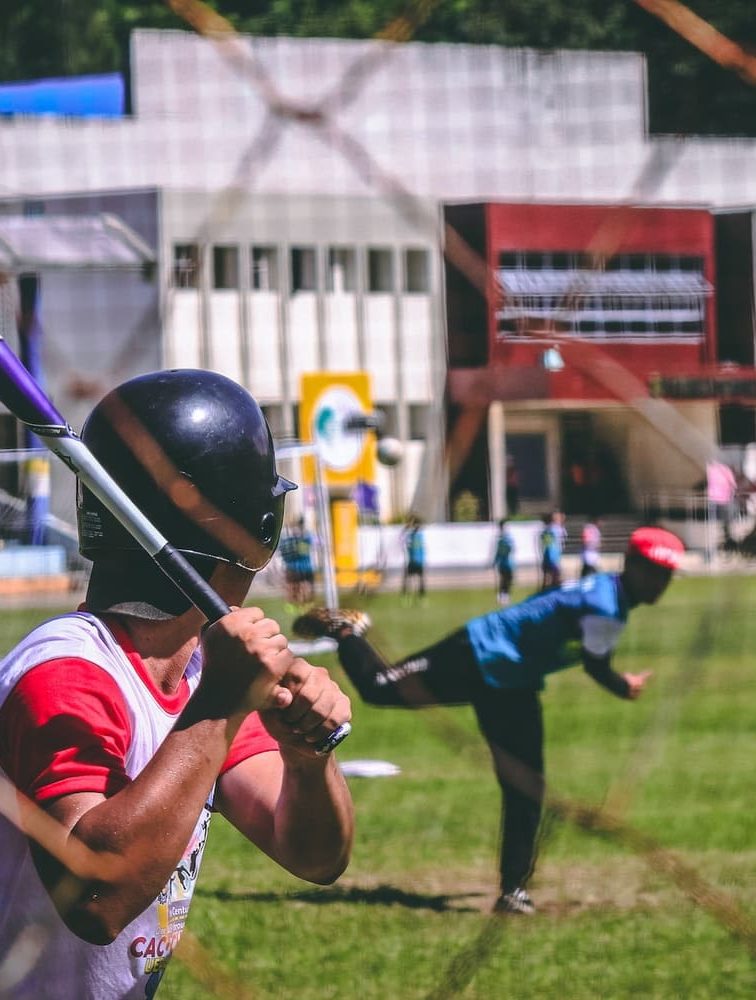Dive into the world of boxing, a sport steeped in rich history and fascinating facts. Did you know that boxing, dating back to 3000 BC in Egypt, is one of the oldest recorded sports? Or that during the 688 BC Olympic Games, boxing entered the realm of ancient Greek competitions?
Fast forward to the 20th century, and we see the first female boxing match in 1904, despite official recognition coming much later. Let’s not forget the iconic 1971 ‘Fight of the Century’ between Joe Frazier and Muhammad Ali, a bout that transcended sports. These snippets barely scratch the surface of boxing’s intriguing legacy.
1. The Ancient Origins of Boxing
Boxing’s roots can be traced back to ancient Egypt around 3000 BC. Here, the sport took a rudimentary form, far from today’s regulated matches. Imagine fists wrapped in soft leather, a far cry from modern gloves, showcasing a mix of sport and ritual.
The Greeks officially included boxing in the 688 BC Olympics. Unlike today’s sport, these ancient matches had minimal rules, often ending only when one participant could no longer continue. This brutal version laid the groundwork for the more refined boxing styles we see today.
2. Boxing in the Modern Olympics: A Historical Milestone
Boxing’s Olympic reintroduction in 1904 marked a pivotal moment in the sport’s evolution. It signified a shift from bare-knuckle brawls to a more structured and global sport. The St. Louis Games saw boxing emerge as a crowd favorite, showcasing the skill over brute strength.
As the years progressed, Olympic boxing became a platform for legends in the making. The 1952 Helsinki Olympics saw Floyd Patterson win gold before becoming a professional world champion. These games have consistently highlighted the sport’s growth and the emergence of new boxing talents.
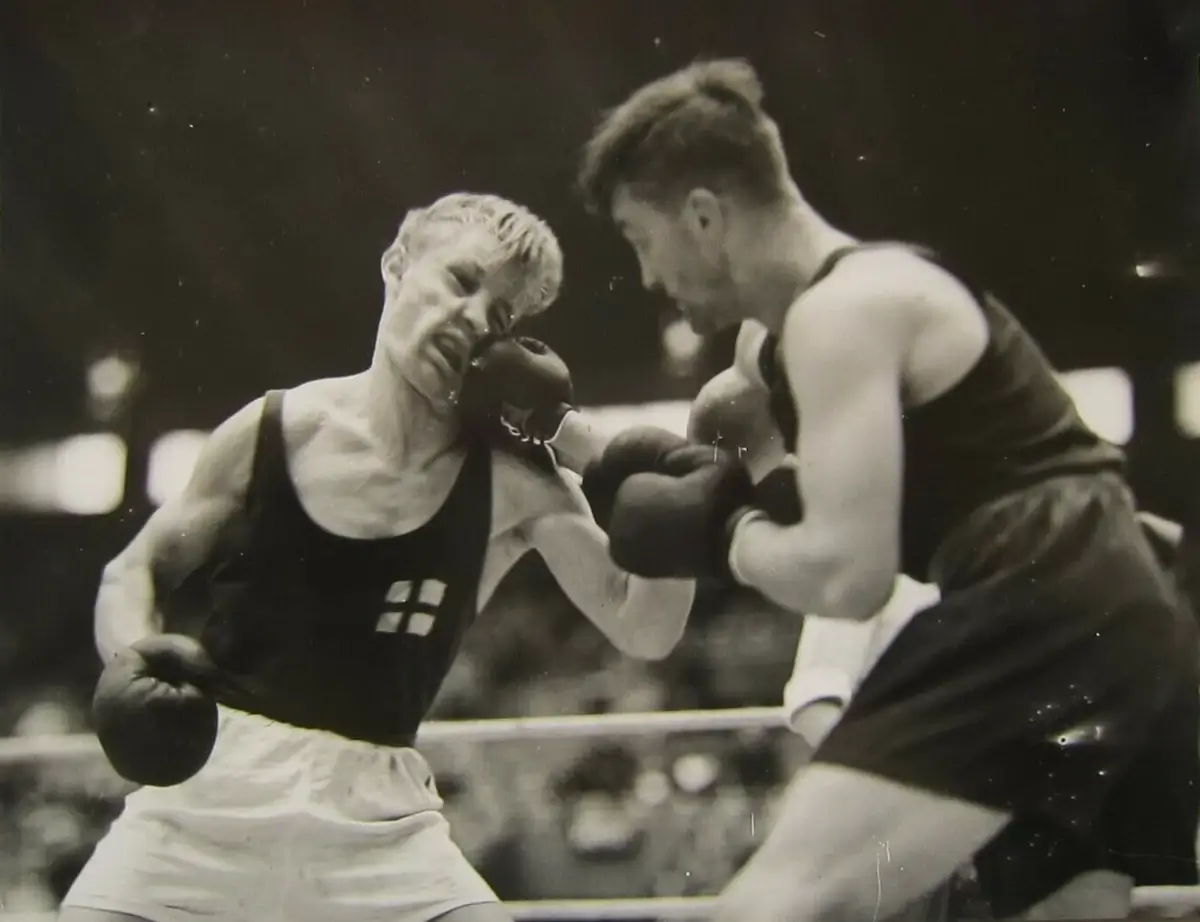
Harry Siljander (Finland) vs George Hunter (South Africa) – 1948, London, Summer Olympics Boxing. Image: Wikimedia Commons
3. The Evolution of Boxing Gloves
The transformation of boxing gloves is a tale of safety and sophistication. Initially, in the 19th century, boxers used bare fists or simple hand wraps. The introduction of padded gloves, advocated by the Marquess of Queensberry Rules in 1867, revolutionized the sport by emphasizing safety.
Today, gloves are tailored for training, sparring, and competition, each with specific weight and padding. This evolution not only reduced injuries but also changed the boxing technique, allowing for more strategic and skillful fights.
4. Women in Boxing: Breaking Barriers
Women’s boxing has fought its way through gender barriers to earn its place in the ring. It’s a journey from underground bouts to global recognition, with the first recorded women’s boxing match in 1722 in London. However, it wasn’t until the late 20th century that women’s boxing began to be officially recognized.
A significant breakthrough came with the inclusion of women’s boxing in the 2012 London Olympics. This momentous occasion was not just a win for the sport but also a symbolic victory for gender equality in athletics, inspiring countless women to pursue their boxing dreams.
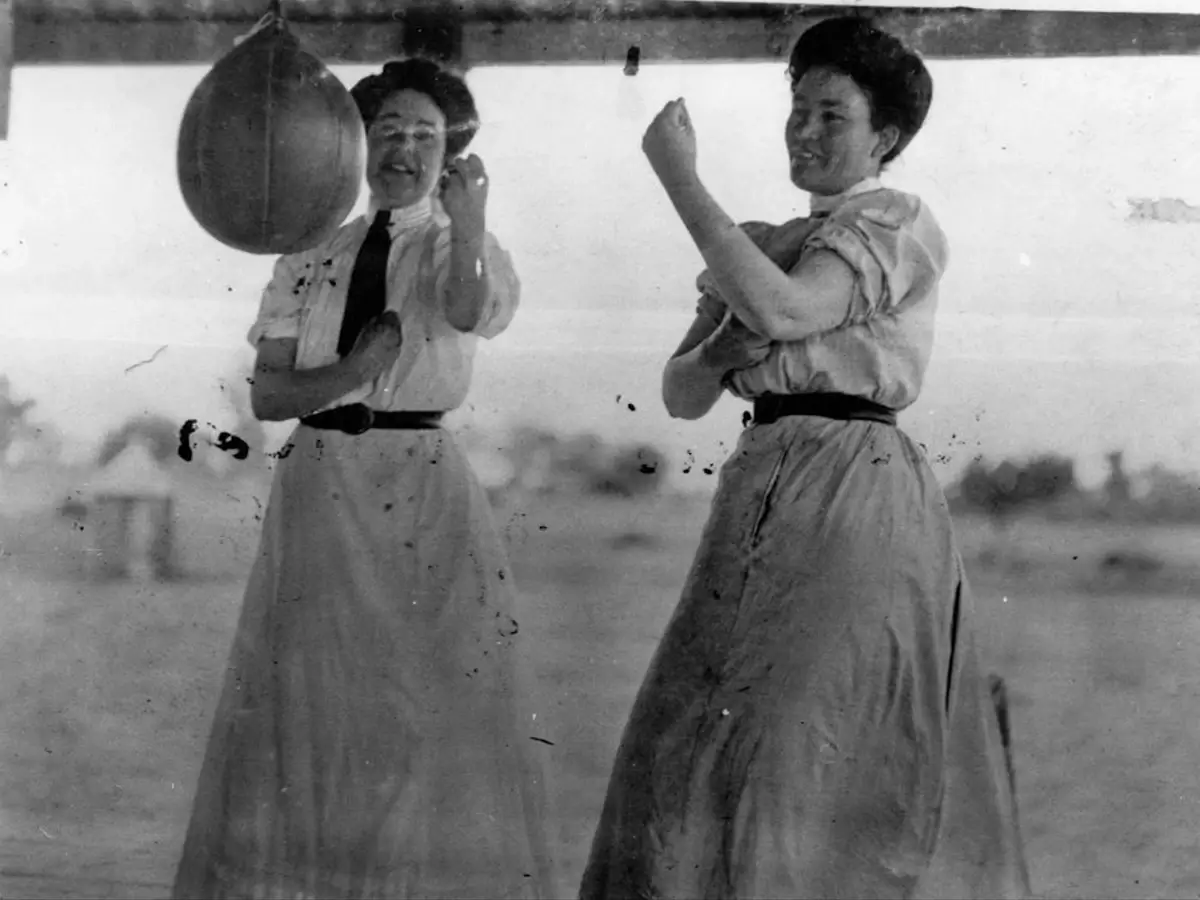
Image: thesun.co.uk
5. The Longest Boxing Match in History
On April 6, 1893, Andy Bowen and Jack Burke wrote themselves into the annals of boxing history. Their match in New Orleans lasted for an extraordinary 110 rounds, spanning over seven grueling hours. This remains the longest boxing match ever recorded. Interestingly, the match ended in a draw, with both fighters too exhausted to continue, a stark reminder of the sport’s once brutal nature.
The implications of this match were significant. It led to discussions about the safety and humane treatment of boxers, eventually influencing the evolution of boxing rules.
6. The Birth of the Marquess of Queensberry Rules
Boxing’s transformation into a regulated sport is largely attributed to the Marquess of Queensberry Rules, introduced in 1867. These rules, drafted by John Graham Chambers and endorsed by John Douglas, the 9th Marquess of Queensberry, established guidelines that are still foundational today. They mandated the use of gloves, the duration of rounds, and the prohibition of wrestling tactics.
This marked a significant shift from the often chaotic and dangerous bare-knuckle fights to a more structured and safer sport, changing the face of boxing forever.
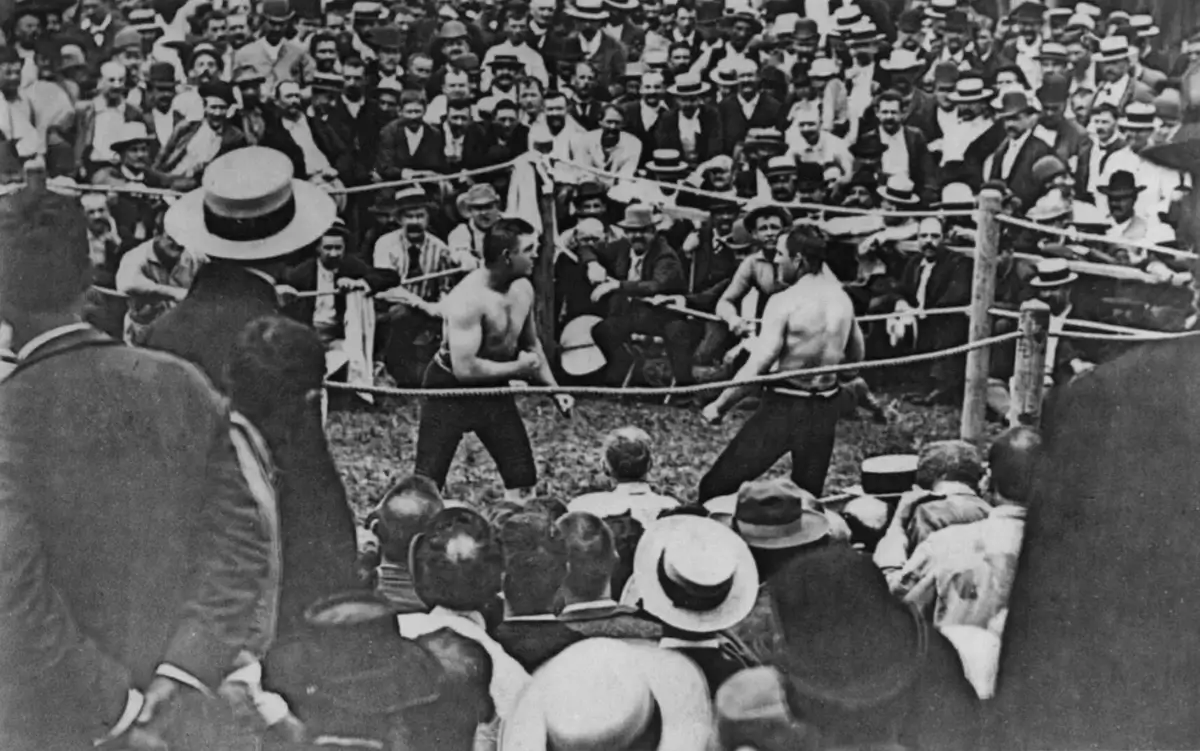
Image: Britannica
7. Boxing’s Influence on Language and Idioms
Boxing’s reach extends beyond the ring, influencing our everyday language. Phrases like “throw in the towel” (signifying surrender), and “on the ropes” (indicating someone in a difficult situation), originated from the boxing world. This linguistic legacy illustrates how deeply the sport is ingrained in popular culture.
The use of these idioms in everyday conversation underlines boxing’s cultural significance and its role in shaping the English language.
8. The Role of Boxing in Hollywood
Boxing has been a rich source of inspiration for Hollywood, leading to some of cinema’s most iconic films. Movies like “Rocky” and “Raging Bull” have transcended the genre of sports cinema, offering profound insights into the human condition. These films mirror the struggles, triumphs, and emotional journeys akin to a boxer’s life.
This intersection of boxing and cinema not only entertains but also offers a deeper understanding of the sport’s ethos, making boxing a beloved theme in Hollywood storytelling.
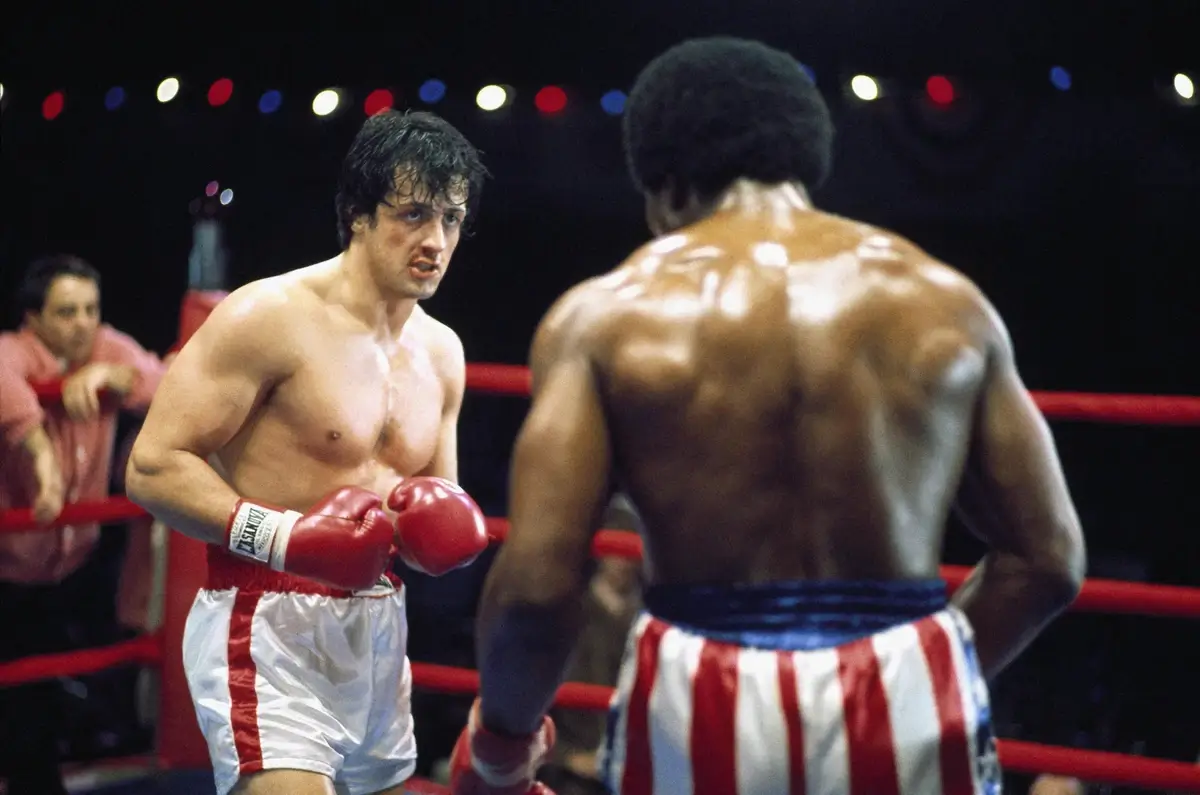
A scene from the movie “Rocky”. Image: nwmgroups.hu
9. The Richest Boxing Match Ever
The 2015 showdown between Floyd Mayweather Jr. and Manny Pacquiao, known as the “Fight of the Century,” stands as the richest boxing match in history. This blockbuster event generated over $400 million, showcasing the sport’s enormous financial potential and mass appeal.
This fight not only set financial records but also captured the world’s attention, highlighting boxing’s status as a premier sporting spectacle.
10. The Tale of the Lightest and Heaviest Champions
In boxing, size diversity is starkly evident when comparing flyweight champion Jimmy Wilde and heavyweight Nikolai Valuev. Wilde, a Welsh boxer active in the early 1900s, weighed just over 100 pounds, yet his record was formidable, with estimates of over 100 knockouts. His career challenged the notion that physical heft was necessary for boxing success, showcasing that skill and agility could triumph in the ring.
Contrastingly, Nikolai Valuev, active in the early 2000s, stood as the heaviest champion in boxing history, weighing over 320 pounds. Despite his size, Valuev demonstrated remarkable agility for a man of his stature, which, combined with his sheer strength, made him a formidable opponent in the heavyweight division. Their contrasting physicalities highlight boxing’s inclusive nature, accommodating athletes of all sizes.
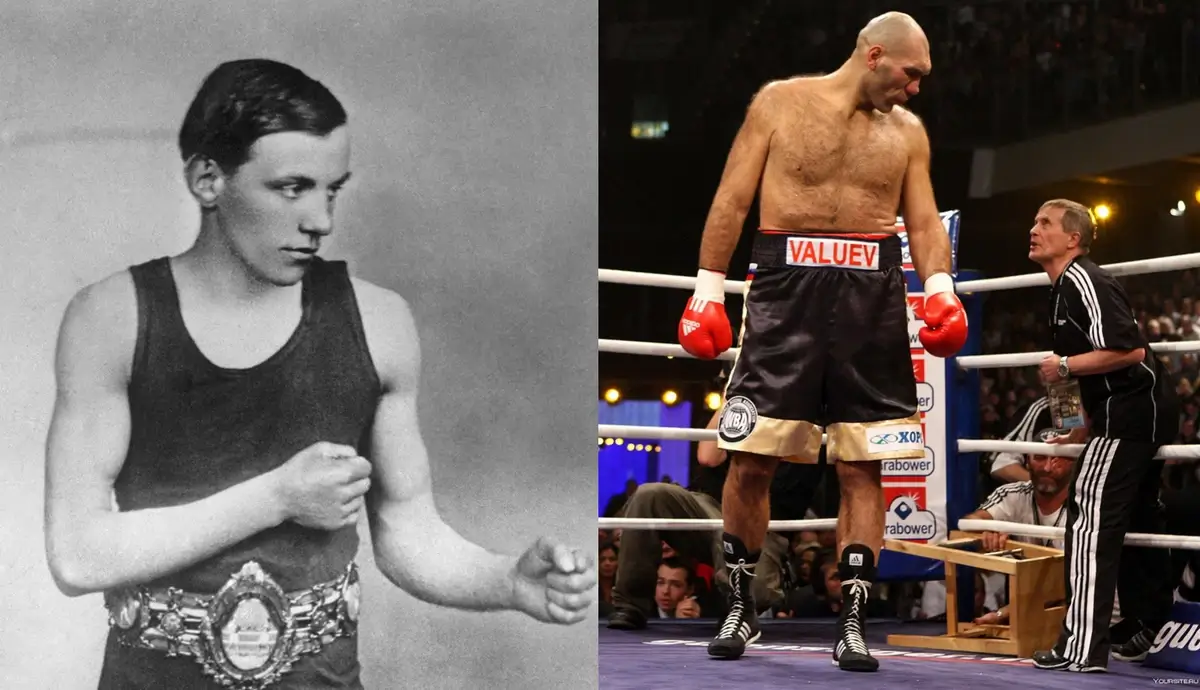
Jimmy Wilde on the left and Nikolai Valuev on the right. Image: thesun.co.uk / sport.pibig.info
11. Boxing Day: More Than Just a Holiday
Boxing Day, celebrated on December 26th, often misconstrued as related to the sport, actually has roots in British tradition dating back to the 17th century. It was initially a day when servants received Christmas boxes filled with gifts or money as a token of appreciation from their employers. This custom represented a significant social practice, reflecting the class structures and societal norms of the time.
In contemporary culture, Boxing Day has evolved into a public holiday in many Commonwealth nations, marked by post-Christmas sales similar to Black Friday in the United States. Despite its name, the day’s sporting events typically do not include boxing, further illustrating the disconnect between the holiday’s name and its modern-day practices.
12. Famous Boxers Who Became Actors
The transition from boxing to acting has been notably achieved by fighters like Mike Tyson and Oscar De La Hoya. Tyson, renowned for his formidable boxing career in the 1980s and 1990s, ventured into acting with notable appearances in films and TV shows. His roles, often playing on his boxing persona, allowed him to reach a broader audience, showcasing the versatility of boxers beyond the ring.
Oscar De La Hoya, an Olympic gold medalist and boxing world champion, also made his mark in the entertainment industry. His foray into acting included roles that often drew on his athletic background, demonstrating the potential for boxers to successfully transition into different forms of media and entertainment, capitalizing on their fame and public appeal.

Image: Wink
13. Boxing’s Contribution to Fitness Trends
Boxing’s impact on fitness is significant, particularly with the rise of boxing-inspired workouts. These routines, combining cardio and strength training, can burn an average of 13 calories per minute. The incorporation of boxing techniques in group fitness classes has popularized the sport, making it accessible to a wider audience.
Notably, celebrities like Hugh Jackman have embraced boxing for its fitness benefits, influencing their followers. The emergence of specialized boxing gyms in urban areas reflects this trend, highlighting boxing’s role in shaping modern fitness culture.
14. Boxing’s Contribution to Civil Rights Movements
Boxing has played a significant role in civil rights movements, particularly in the United States. Boxers like Muhammad Ali and Jack Johnson used their fame to challenge racial barriers and societal norms. Ali’s refusal to be drafted for the Vietnam War and his outspoken support for civil rights made him a symbol of resistance and racial pride. Johnson, the first African American heavyweight champion in the early 1900s, broke color barriers and challenged racial prejudices in a deeply segregated America.
These boxers were not just athletes but also trailblazers who used their platform to advocate for equality and social change, making significant contributions to the civil rights movement.

Image: firstsportz.com
15. Unique Boxing Styles: Different Strokes
Boxing’s diversity is reflected in its various fighting styles. The “swarmer” style, exemplified by Joe Frazier, involves constant pressure and stamina. In contrast, the “out-boxer” like Muhammad Ali focuses on reach and footwork. These styles illustrate the sport’s strategic depth.
The “slugger” or “brawler” style, seen in George Foreman’s approach, relies on power and strength. Meanwhile, “counter-punchers” like Floyd Mayweather Jr. utilize precision and timing. This variety in techniques adds to the unpredictability and excitement of boxing matches.
16. Boxing and the Art World: An Unlikely Connection
Boxing has influenced the art world, with artists like George Bellows capturing its raw energy in paintings such as “Stag at Sharkey’s.” In cinema, Martin Scorsese’s “Raging Bull” uses boxing to explore deeper human themes, winning critical acclaim.
This intersection with art demonstrates boxing’s wider cultural impact, offering a lens to explore themes of struggle and triumph. It shows how the sport’s physicality can inspire creative and emotional expression in various art forms.
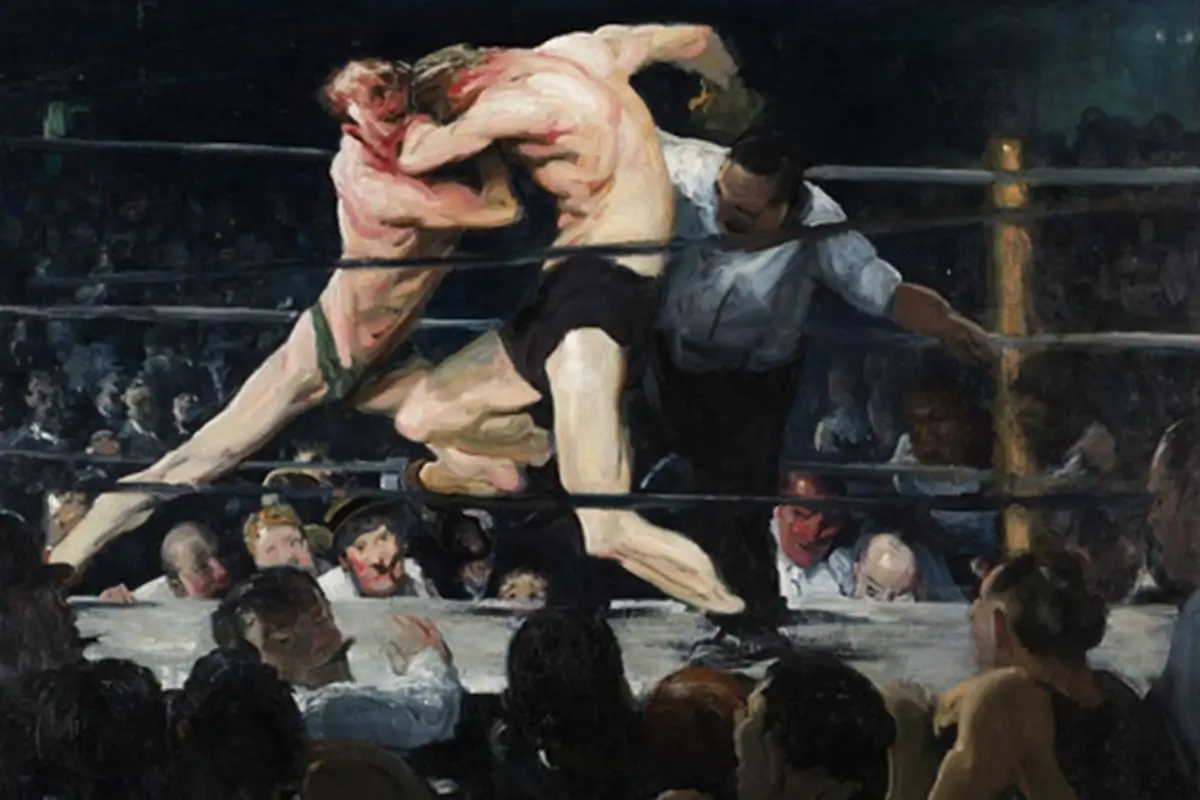
Image: metmuseum.org
17. The World’s Most Famous Boxing Venues
Iconic venues like Madison Square Garden and the MGM Grand have hosted historic boxing matches. Madison Square Garden, known as “The Mecca of Boxing,” has seen legendary fights like the first Ali-Frazier bout in 1971. The MGM Grand, famous for the 1996 Holyfield-Tyson match, is a key location for high-profile boxing events.
These venues contribute to boxing’s history, providing a stage for some of the most memorable moments in the sport. Their role goes beyond hosting events; they are landmarks in boxing’s cultural landscape.
18. Boxing’s Role in Diplomacy and Politics
Boxing has played a unique role in diplomacy and politics. The “Fight of the Century” in 1971 between Joe Frazier and Muhammad Ali symbolized the societal and political divides in America during that era. Ali, with his outspoken political views, became a figurehead for various social causes. Similarly, the 1974 “Rumble in the Jungle” held in Zaire (now the Democratic Republic of Congo) went beyond a sporting event, symbolizing a post-colonial assertion of African pride and attracting worldwide political interest.
In a different vein, Nelson Mandela, a former amateur boxer, often used boxing metaphors in his speeches to encapsulate the struggle and resilience in the fight against apartheid. Mandela’s use of boxing as a metaphor highlighted the sport’s power as a symbol of resistance and determination.
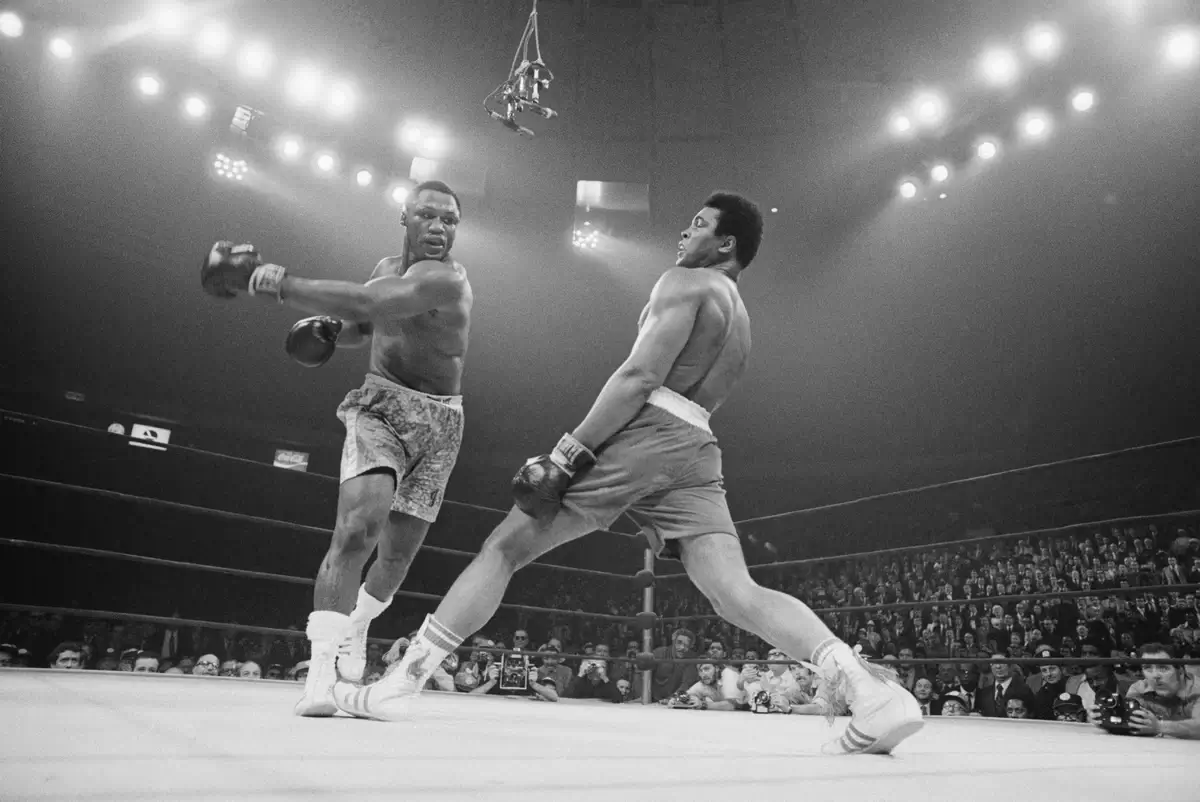
The first fight between Muhammad Ali and Joe Frazier. Image: dailysabah.com
19. The Surprising Health Benefits of Boxing
Boxing is not just beneficial for physical fitness; it offers significant mental health benefits as well. Regular boxing training has been shown to improve hand-eye coordination, increase alertness, and enhance cognitive abilities. A study published in the “Journal of Neuropsychiatry and Clinical Neurosciences” revealed that the sport could improve symptoms in patients with Parkinson’s disease, enhancing their motor skills and quality of life.
Beyond physical and neurological benefits, boxing also contributes to mental wellness. The intensity of the sport helps in stress reduction, as vigorous exercise leads to the release of endorphins, the body’s natural mood elevators. This aspect of boxing makes it a holistic workout, catering to both physical and mental health.
20. Boxing Robots: A Glimpse into the Future
The integration of technology in sports has led to the advent of boxing robots, offering a glimpse into the future of boxing and robotics. These robots, equipped with sensors and AI, can mimic human movements and reactions, providing a novel way to train and understand the sport. A notable example is the “Bionic Boxer,” a robot that can simulate various boxing styles, allowing boxers to train against different techniques.
This technology is not just a training aid; it has potential implications in entertainment and sports science. The use of boxing robots in training can provide valuable data on human biomechanics and injury prevention, revolutionizing how athletes train and prepare for competition.
21. Legendary Boxing Rivalries
Boxing has seen some of the most legendary rivalries that have captivated fans and defined the sport. The intense rivalry between Muhammad Ali and Joe Frazier, which included three historic fights, is renowned for its competitive spirit and the high-quality boxing displayed. Their matches, especially the “Thrilla in Manila,” are considered some of the greatest in boxing history.
Another notable rivalry was between Sugar Ray Leonard and Roberto Durán, with their matches in the 1980s, known for the famous “No Más Fight.” These rivalries not only showcased the athletes’ extraordinary skills but also their psychological warfare and the dramatic narratives that unfolded in and out of the ring.
22. Boxing’s Influence on Fashion
Boxing has left its mark on fashion, with its influence evident in various trends and styles. The classic boxing robe, with its satin fabric and bold designs, has inspired fashion designers and been incorporated into mainstream fashion. Similarly, boxing shoes and shorts have transcended the ring, influencing streetwear and athletic fashion.
High-end fashion brands have also drawn inspiration from boxing, with models walking the runways in boxing-inspired outfits. This crossover demonstrates boxing’s cultural reach, influencing not just sports enthusiasts but also the broader fashion world.
23. Animal Boxing: A Quirky Side of History
Animal boxing, though a peculiar and largely forgotten aspect of boxing history, was once a form of entertainment in the early 20th century. This unusual practice often involved kangaroos, known for their natural standing posture and hopping abilities, being put in the ring against humans. While it was a novelty act in circus shows and some sporting events, it raised numerous ethical questions and was eventually phased out due to animal welfare concerns.
This odd chapter in boxing history reflects a time when entertainment often intersected with the bizarre and controversial. Today, it serves as a reminder of the evolving nature of societal attitudes towards animal rights and entertainment.
24. The Psychology of a Boxer
The mental aspect of boxing is as crucial as the physical. Boxers must develop a unique psychological resilience, often cultivating a mindset that balances aggression with strategic thinking. Mental preparation involves techniques for managing fear, enhancing focus, and maintaining confidence, all critical for performance in the ring.
Psychologists note that successful boxers possess an ability to control their emotions and channel their adrenaline positively. This mental discipline, honed through rigorous training and experience, is key to a boxer’s ability to make split-second decisions and adapt strategies mid-fight, demonstrating the sport’s intricate blend of physical prowess and mental acuity.
25. Boxing in Literature and Poetry
Boxing has found its way into literature and poetry, often used as a metaphor for struggle, resilience, and the human condition. Notable works like Norman Mailer’s “The Fight” and Joyce Carol Oates’s “On Boxing” explore the philosophical and psychological aspects of the sport. In poetry, the visceral and rhythmic nature of boxing has inspired poets to capture its essence, using the sport as a symbol for life’s broader battles.
This literary and poetic fascination with boxing underscores its cultural significance, demonstrating how the sport transcends the physical realm to evoke deeper reflections on life, identity, and perseverance.
26. The Science Behind a Knockout Punch
A knockout punch in boxing is a complex interplay of skill, physics, and human physiology. It’s not just about strength, but about the right combination of speed, precision, and timing. In boxing, a knockout occurs when a fighter delivers a powerful punch that causes the opponent’s head to rotate rapidly. This sudden movement can cause the brain, which floats in cerebrospinal fluid, to collide with the skull. This collision disrupts the brain’s normal functioning, leading to a temporary loss of consciousness.
The force of a punch is derived from the mass of the arm and its acceleration, demonstrating that speed and accuracy are critical. This means even a lighter boxer can deliver a knockout punch with enough velocity. The art of the knockout punch in boxing highlights the critical role of technique and strategic targeting, alongside physical strength, in determining the outcome of a match.
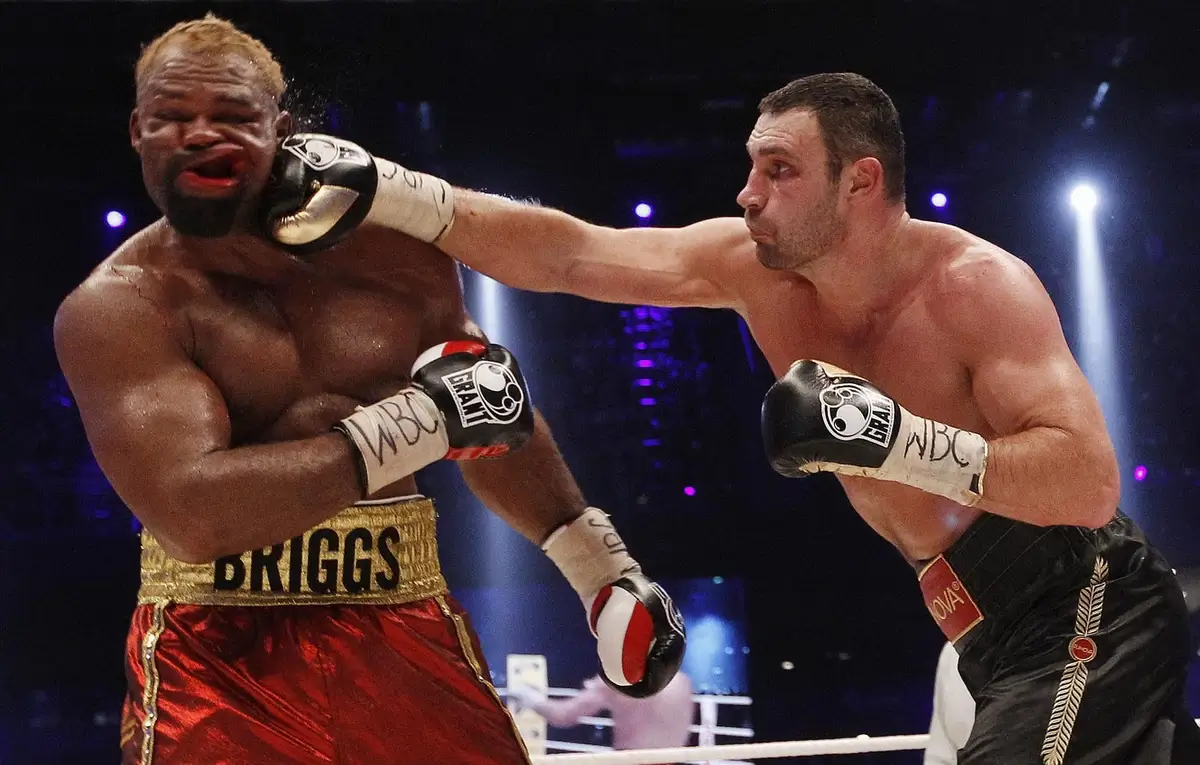
Image: medium.com
27. Famous Left-Handed Boxers
Left-handed boxers, or southpaws, have a unique stance that often gives them a strategic advantage in the ring. Notable southpaws include Manny Pacquiao, known for his explosive speed and power, and Marvin Hagler, remembered for his ferocity and skill. Their left-handed stance often confuses orthodox (right-handed) opponents, as it inverts the typical fighting angles.
Southpaws like Pacquiao and Hagler have left an indelible mark in boxing history, often forcing their opponents to adapt to their uncommon style. Their success has helped dispel myths about left-handedness in sports, proving that it can be a strategic advantage.
28. Boxing in Video Games: A Digital Evolution
The portrayal of boxing in video games has evolved significantly, mirroring advancements in technology. Early games like 1984’s “Punch-Out!!” offered a basic, yet enjoyable representation of the sport. As technology progressed, so did the realism in boxing games. Titles like “Fight Night” series in the 2000s showcased detailed graphics and sophisticated mechanics, allowing players to experience the nuances of boxing strategies and footwork.
This evolution not only reflects technological advancements but also the sport’s cultural impact. Modern boxing games offer various modes, from career simulations to online matchups, providing fans an immersive experience of the boxing world.
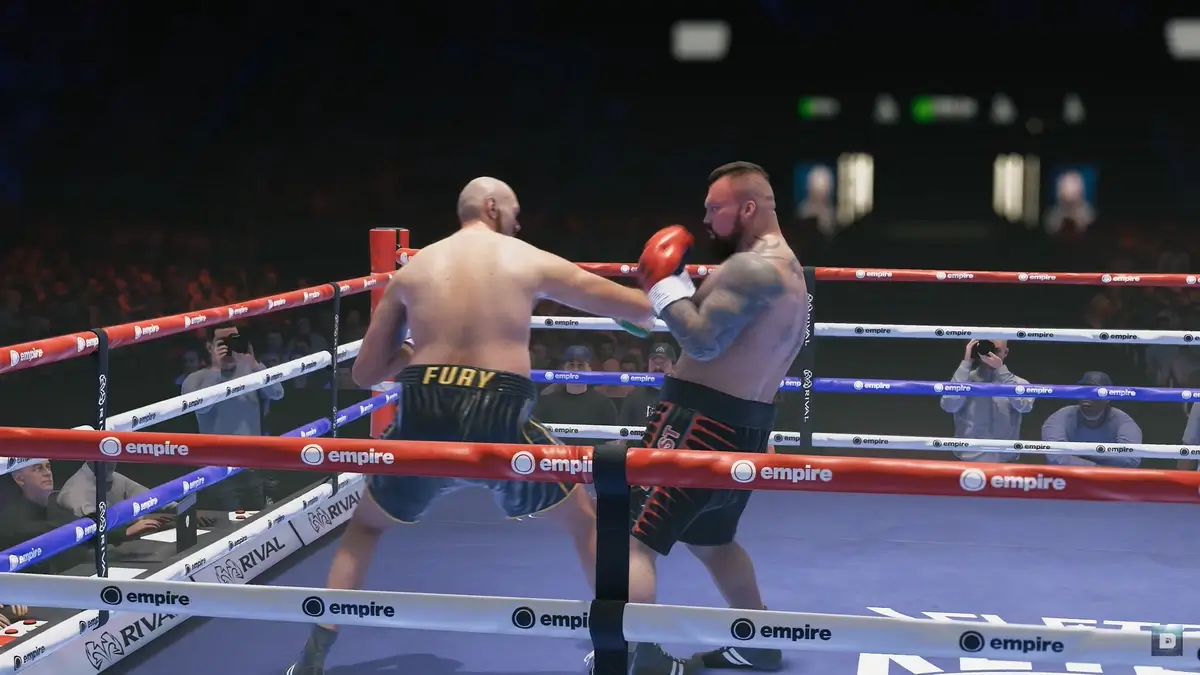
Undisputed: Boxing Video Game. Image: iFunFact
29. The Role of Nutrition in Boxing Training
Nutrition plays a vital role in a boxer’s training and performance. A boxer’s diet is meticulously planned to ensure optimal energy levels, weight management, and recovery. High-protein foods for muscle repair, carbohydrates for energy, and hydration are key components. Nutritionists often tailor diets to individual boxer’s needs, considering their weight class and training intensity.
This focus on nutrition underscores the holistic approach to boxing training. Proper diet not only supports physical performance but also affects mental clarity and overall health, making it a crucial element in a boxer’s regimen.
30. The Technological Advancements in Boxing Equipment
Technological advancements have revolutionized boxing equipment, enhancing safety and performance. Developments in glove design, for example, have improved shock absorption and hand protection. Modern gloves use layered foam and innovative materials to reduce the risk of injury, a significant advancement from the horsehair padding used in the past.
High-tech training equipment, like smart punching bags and wearable tech that tracks performance metrics, has also transformed how boxers train. These innovations allow for more precise and data-driven training methods, tailor-made to a boxer’s style and needs.
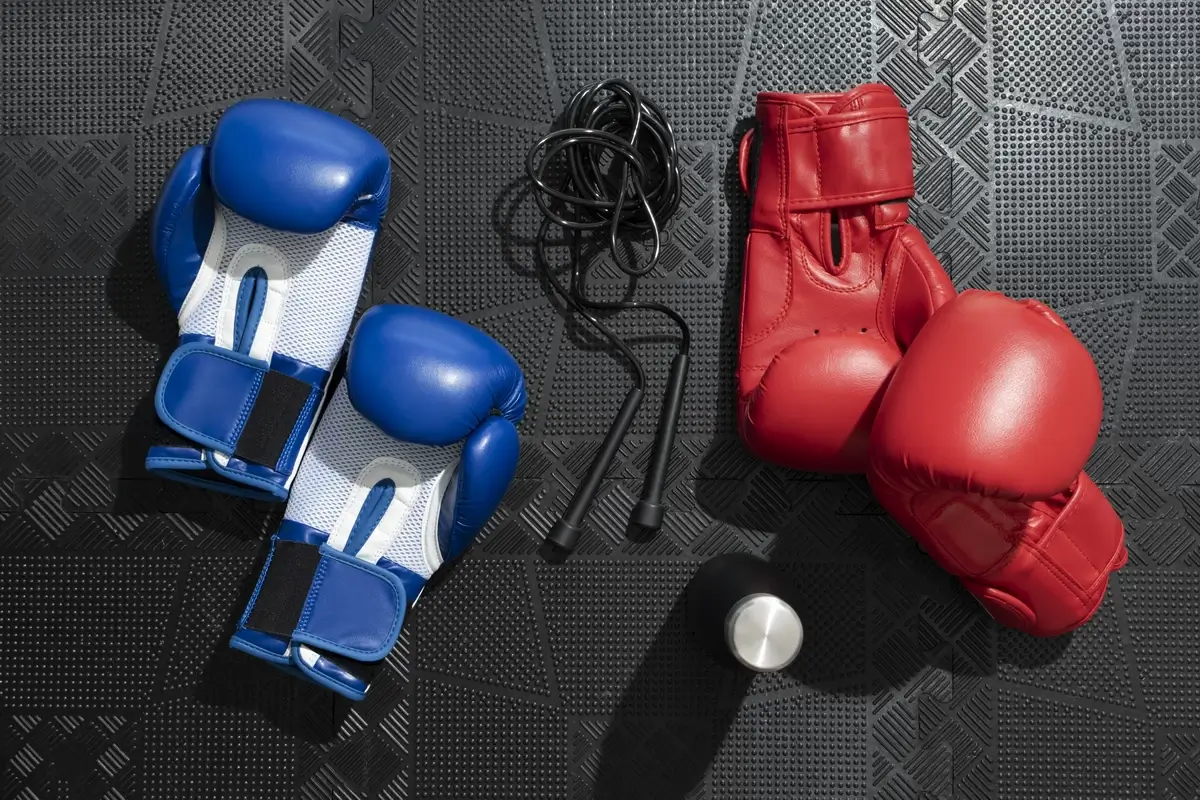
Image by Freepik
FAQ
How did boxing get its name?
The term “boxing” originates from the box-like shape formed by the fists and arms of combatants during a fight. The word itself dates back to the late 18th century in England, where the sport gained significant popularity. The term evolved from the practice of fighting with fists, initially referred to as ‘pugilism’ (from Latin ‘pugil’, meaning a boxer), to being commonly known as ‘boxing.’
Why is boxing a fun sport?
Boxing is considered fun due to its dynamic and exhilarating nature. It combines physical fitness with strategic thinking, offering a unique blend of physical and mental engagement. The sport provides an adrenaline rush, a sense of achievement in skill mastery, and can be a powerful stress reliever. Additionally, the community aspect of training and spectating contributes to the enjoyment of the sport.
What are the historical facts about boxing?
Historically, boxing dates back to ancient civilizations, with evidence of the sport found in early Mesopotamia and Ancient Egypt. It was officially recognized as a sport in Ancient Greece and included in the 23rd Olympiad in 688 BC. Modern boxing, however, began to take shape in the 16th and 17th centuries in England, with the establishment of formal rules and the introduction of boxing gloves in the 18th century.
Where is boxing most popular in the world?
Boxing enjoys widespread popularity across the globe, with significant followings in the United States, Mexico, the United Kingdom, and the Philippines. Countries like Ukraine, Japan, and parts of Latin America also have strong boxing traditions. The sport’s global appeal is evident in its inclusion in international competitions like the Olympics and the presence of world champions from various countries.
How did boxing begin?
Boxing began as a form of combat sport practiced in ancient civilizations. Its earliest recorded evidence is from Ancient Mesopotamia, around the 3rd millennium BC. The sport evolved over centuries, with Ancient Greeks giving it a formal structure. In modern times, boxing developed further in 16th-century England, where it transitioned from bare-knuckle fighting to a more regulated sport with the introduction of the Queensberry Rules in the 19th century.
How popular is boxing as a sport?
Boxing is one of the most popular sports globally, known for its rich history, iconic athletes, and dramatic events. It draws large audiences for major fights, and its athletes often become international celebrities. The sport’s popularity extends beyond professional competitions, with amateur boxing being a staple in the Olympics and a popular fitness activity worldwide.
How many fights do most boxers have a year?
The number of fights a boxer has in a year can vary significantly based on their career stage, weight class, and the level of competition. Professional boxers typically have between 2 to 5 fights per year. Younger or less experienced fighters may compete more frequently, while established champions often have fewer, more high-profile bouts annually.
Who is the legend of boxing history?
One of the most legendary figures in boxing history is Muhammad Ali. Known for his extraordinary skills in the ring, charismatic personality, and significant cultural impact, Ali became a global icon. His famous fights, like “The Rumble in the Jungle” and “The Thrilla in Manila,” and his stance on social and political issues, solidified his status as a legendary figure in sports history.






